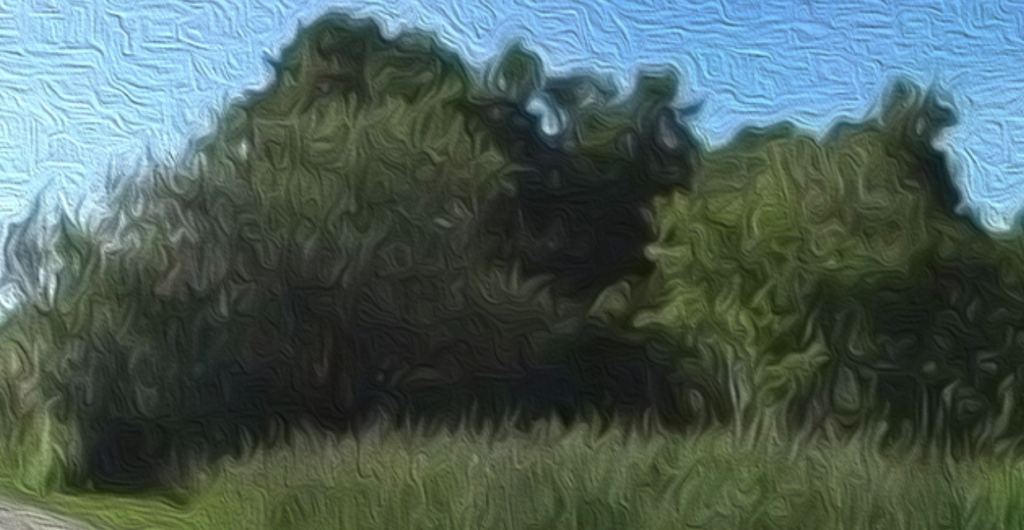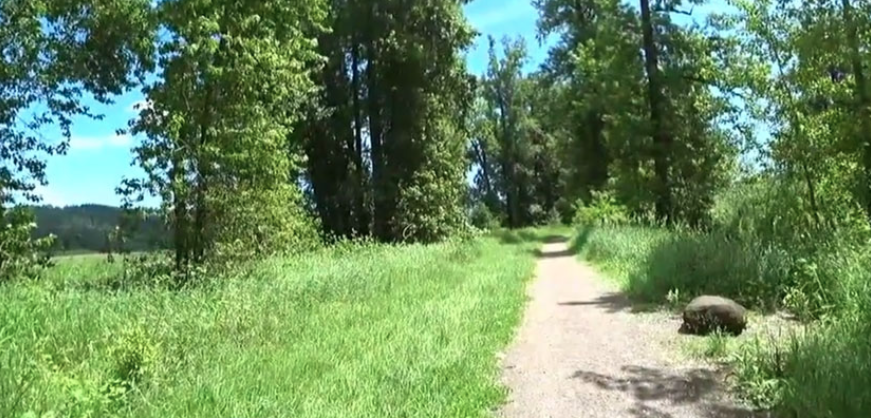
Damian Davalos shares wildlife and wild places through livestreaming his hikes.
Originally published in American Scientist
The environment is threatened like never before in human history, and some environmentalists worry that outdoor activities that lead to increased support for wildlife conservation are less popular among the current generation of children than staying inside and playing around on the internet. The concerns about this so-called “nature deficit disorder” have always been overblown, but it’s also important to note that you can learn a lot about wildlife and wild places from the internet!
Some online educators are taking advantage of emerging technologies such as livestreaming to bring nature right to you. “I take my audience outdoors and show people wildlife in its own environment, live over the internet, using multiple video cameras,” says Damian Davalos, who uses the livestream software Twitch and a custom-built, backpack-mounted rig to livestream his outdoor adventures. “Viewers get a wide-angle, first person view of the area as we walk around, and then a closer look through a large zoom lens on a DSLR [digital single-lens reflex] camera when I want to show specific animals, insects, plants, geological features, and so on. While I’m walking around in the field, viewers from all over the world can talk to me via a text-based chat, ask me questions, and get answers in real-time.”

Experts who focus on using internet tools for public education about wildlife are impressed with Davalos’s efforts. “It makes sense that a platform that unlocks the world of gaming through observation can serve as a similar bridge to exploring the outdoors,” says Danielle Brigida, Acting Deputy Director of Digital Strategy for the U.S. Department of the Interior. “Damian’s evident passion for finding and watching birds is contagious, and it’s not a far cry from watching someone stream their gameplay. Outdoor recreation often lends itself to documentation, and many platforms these days have so much potential when it comes to making adventures accessible. As part of my job, I’m always looking for healthy and safe ways to connect online and offline experiences. I’m intrigued to see how others will join in growing the interest in the incredible wildlife and public lands we can have in this country.”
Carrying a 45-pound backpack full of fragile, expensive technology is hard work, but Davalos loves every minute of interacting with the community he’s built. “My favorite part is the community of people that has come together to support me,” he says. “My viewers are excited to see wildlife they may not have seen before, and they ask all sorts of questions about what we’re seeing, which leads to great discussions. A viewer told me they had never been birdwatching, but after watching the stream a few times, decided to invest in a pair of binoculars and a guidebook, and they were learning all of the names of the species in their area. Since then, many others have shared with me that they started birdwatching or taking pictures after watching the stream, and it’s an incredible feeling every time.”

Davalos hopes that his efforts will go beyond giving his viewers a few minutes of pretty scenery. “Through this interactive, real-time experience, I want to encourage in my viewers an interest in nature that leads to passion, and a passion that leads to action: to investigate, to explore, and to protect,” he says. One of his goals is to contribute to scientific outreach by helping other scientists livestream their field research to his audience.



Leave a Reply